Research Counts

Quantifying the return on investment in disaster mitigation was a powerful tool for sparking action. Now a recent FEMA project outlines how the same might be done for broader preparedness efforts.
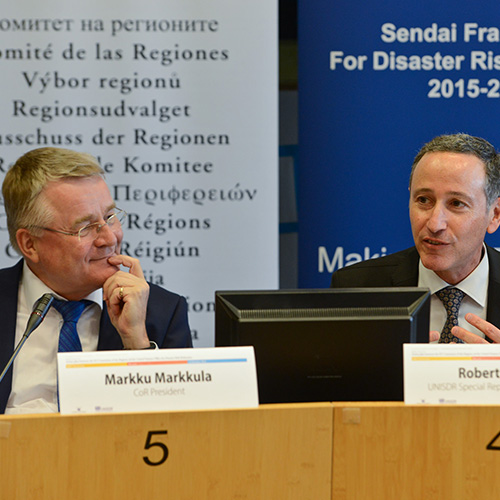
Disaster scholars often ruminate over why—when we have so much knowledge—we seem to make frustratingly little headway in stanching disaster impacts. In this Research Counts, longtime researcher Ian Burton puts forth a few thoughts as to why that's the case.
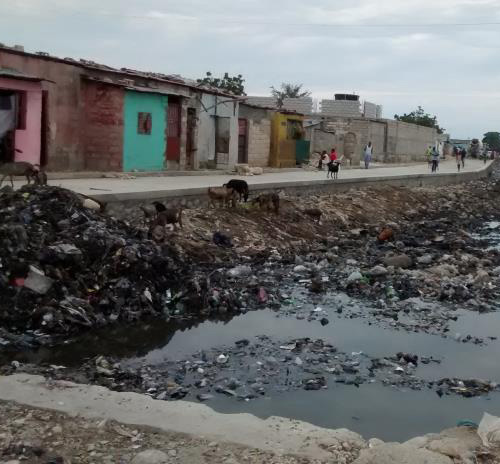
Depression, anxiety, or trauma related to past disasters can all play a role in how (or if) people choose to prepare for disaster. This Research Counts details an innovative intervention that takes mental well-being into account when helping people prepare for disaster.
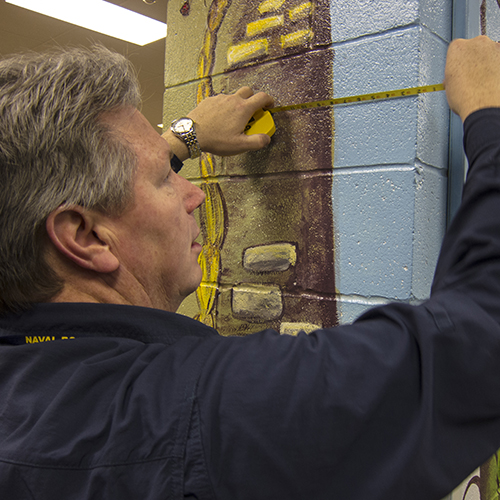
Of all the threats that America's children must face to get an education, school buildings themselves could be the most dangerous.

After suffering persecution in their homeland, many of the Rohingya that escape find their new lives come with an entirely different set of threats to their mental well-being.
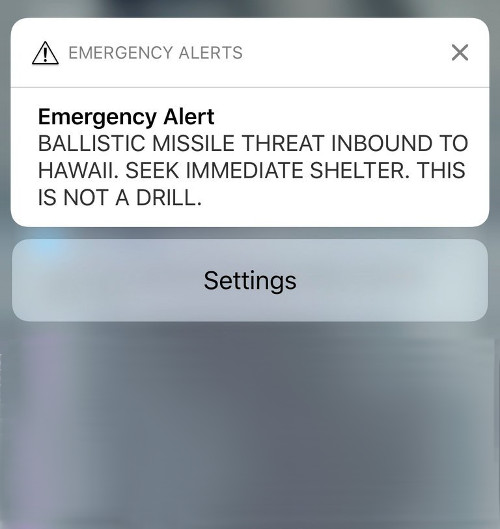
Early this year, a human—using a systems interface—mistakenly sent a false alert warning of an incoming missile threat. Here's why we should focus on the error, and not the human.
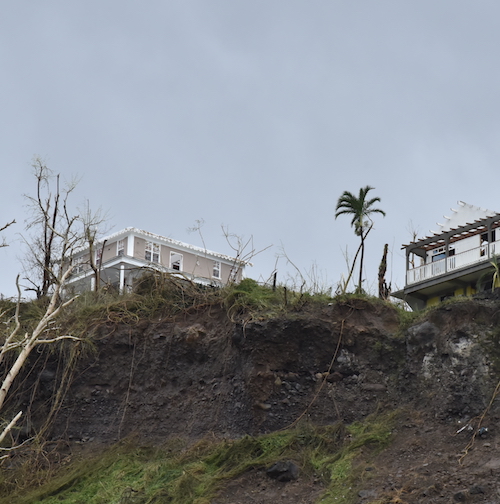
Although hazards may be natural, we've long known that the disaster aspect is human-caused. This edition of Research Counts examines how a seemingly innocuous turn of phrase impacts how the public thinks about disasters.
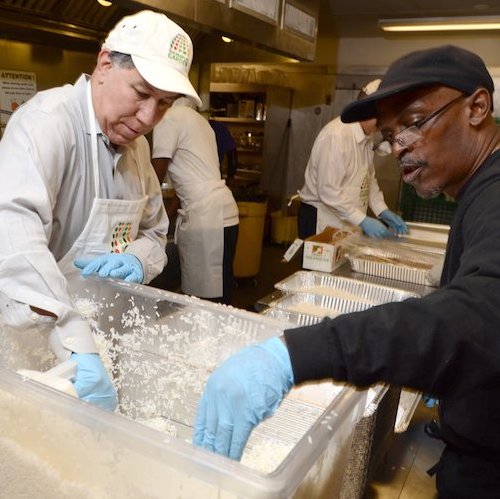
The needs and experiences of those who are homeless during disasters can be very different from other populations, yet often emergency planning doesn't account for their specific needs. A recently released toolkit will make it easier to address that gap.
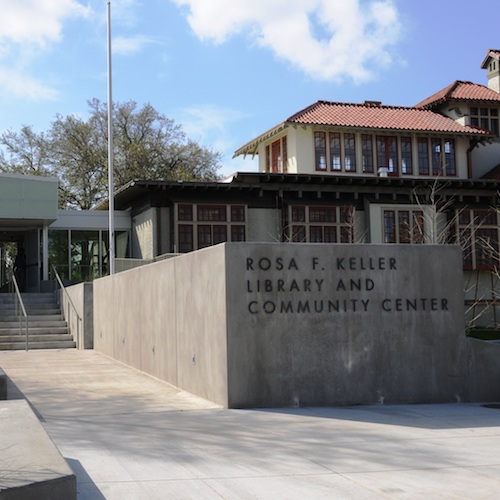
Libraries play a central role in many communities; but when it comes to participating in disaster response, managerial outlooks might make all the difference.
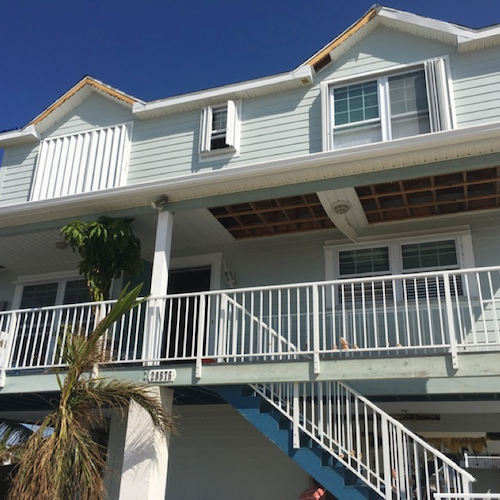
Stronger building codes might be seen as costly, but for communities with the will to enact them, they save money in the long term.
If you are interested in contributing to this series, please contact Natural Hazards Center Director Lori Peek directly at lori.peek@colorado.edu.
